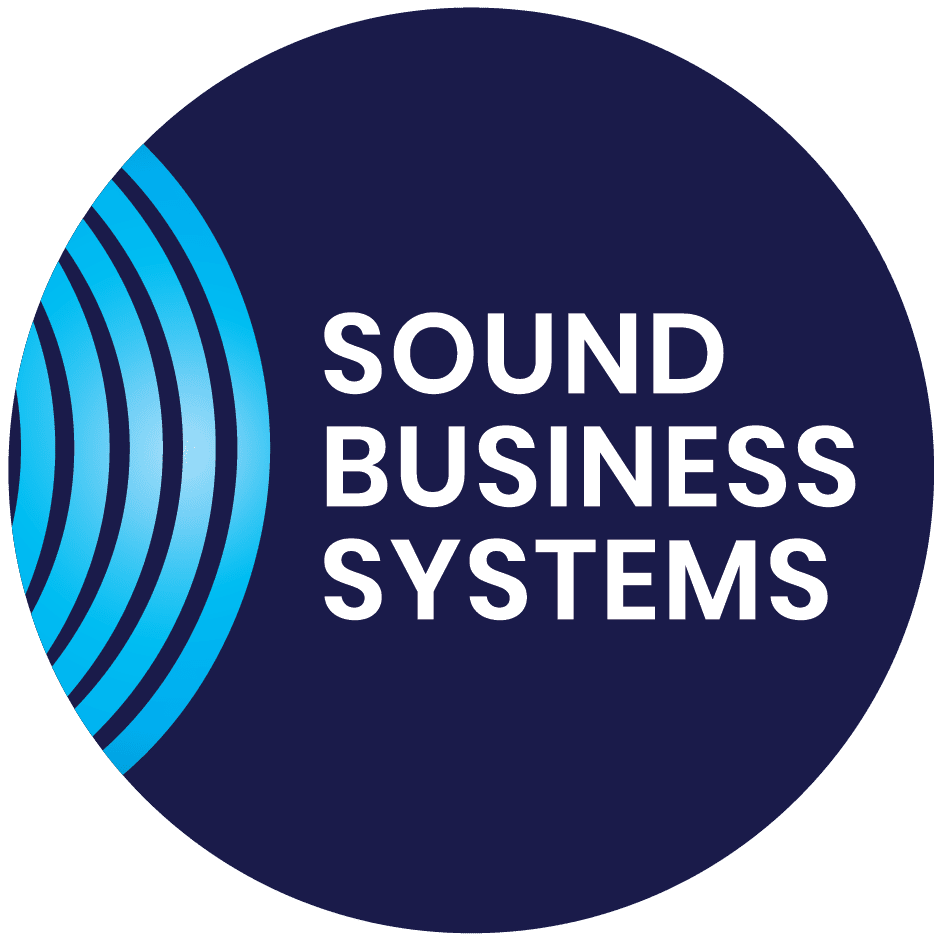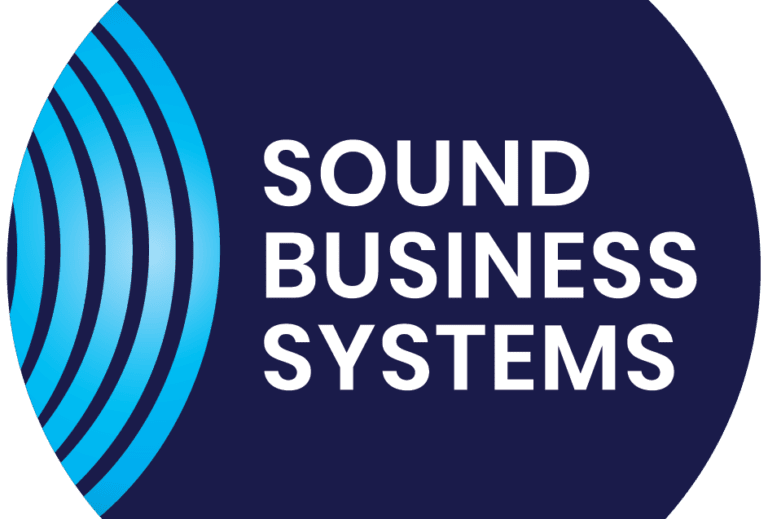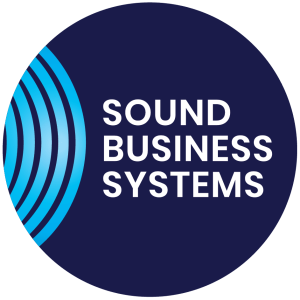
Let’s embrace the latest technology, but acknowledge it must work for clinicians

Share this article:
New technology can be a catalyst for progress and improving outcomes, but it can mean challenging existing practices, changing the way people have always done things, and taking them out of their comfort zone. Depending on the way it is handled, for some, this can be a positive and rewarding experience. For others, this is not the case and adopting technology is a challenge that cannot be overcome.
Recently we have seen the collapse of Thomas Cook, leading many to consider the fate of businesses that don’t, or can’t, move with the times. In a recent column ‘Clicks not bricks’, commentator Roy Lilley likened the challenges faced by the travel agent, to the challenges faced by GPs. He says, not unlike Thomas Cook, that GPs are burdened with the costs of overheads, staffing and other costs that can have an effect on their ability to provide care. However, he points out that for GPs, change can be made by looking for different ways of working and embracing existing technologies.
Technology must be designed with its users in mind
In the health sector, technology is an enabler, improving communication and offering patients better ways to engage in their care. Video consultation is a prime example, along with the use of electronic records that are owned and accessed by the patient.
But technology isn’t always a magic wand and must be carefully introduced and designed with those who use it in mind. In a comment piece for the BMJ, intensive care consultant Matt Morgan says that he finds reducing, what could be a very complex and long illness, into one code of just a few words ignores what the patient has been through. It removes the humanity from the whole experience, and he calls for a free text box to enable a narrative. However, many systems do not support this.
Speech to text can offer a swift solution, but accuracy is key
Nuance has invested time and resource into making speech recognition work for clinicians at the frontline. For example, Nuance has worked with them to understand how speech-to-text can be used to reduce the documentation workload.
Clinicians spend about 13% of their time working with patients but up to a further 50% can be spent on documentation. Speech is three times faster than typing, so speech recognition software like Dragon Medical One is key to providing more efficient ways of working.
However, it can only make a difference if it is a seamless and natural by-product of clinician-patient engagement. So, it’s crucial that clinicians are fully supported to work with a system and that is designed to suit their needs.
Putting clinicians at the heart of change helps systems work for them
Developers at Nuance work side by side with NHS trusts to build in that support for clinicians, right from when the system is introduced. Nuance seek out those clinicians whose workflows may be different from others across the trust and who may need more support in engaging.
We at Sound Business Systems offer product training to aid learning while also ensuring there is floor support and regular meetings to provide updates or answer questions.
Putting clinicians at the heart of change ensures such initiatives are a success both for the patient and the NHS.
Find out how speech-to-text technology and digital dictation will help you work smarter.
Categories
- Dictation Equipment (2)
- Digital Dictation (7)
- Dragon Naturally Speaking (15)
- Dragon Speech Recognition (32)
- Health Tech (1)
- How To? (2)
- Lecture/Conference Recorders (1)
- News (7)
- Opinion (10)
- Philips SpeechLive (6)
- Software Updates (14)
- Uncategorized (6)
- Winscribe Digital Dictation (5)
Follow us:
Most Popular



Winscribe Dictation is here to stay!

What is conversational AI and how does it support speech recognition?
.
Categories
Contact Us
- Phone
-
3/62 Paul Matthews Road,
Rosedale, Auckland 0632 -
PO Box 303161,
North Harbour, Auckland 0751
- Hours of Operation
- Monday - Friday, 8.30am - 5pm
Contact Us
- Phone
- Hours of Operation
- Monday - Friday, 8.30am - 5pm AEST



